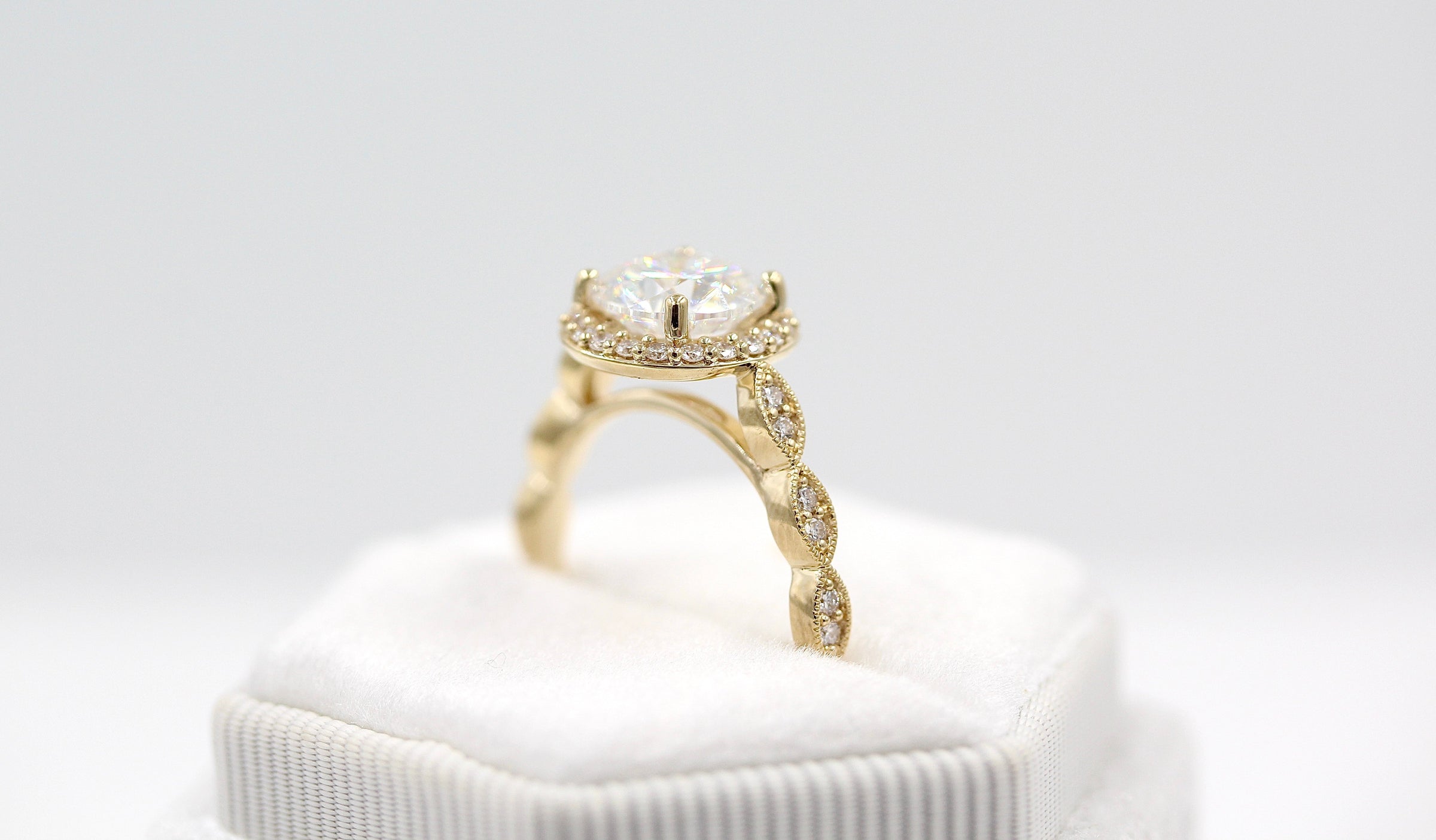Introduction to CVD Diamond
In the realm of synthetic diamonds, Chemical Vapor Deposition (CVD) diamonds have emerged as a revolutionary technology. Unlike naturally occurring diamonds formed over millennia in the Earth’s mantle, CVD diamonds are created in a laboratory setting through a meticulous process known as Chemical Vapor Deposition.
How CVD Diamonds are Made
Cvd 다이아몬드 production begins with a small diamond seed, typically a slice of diamond that serves as a substrate. This seed is placed in a chamber filled with carbon-rich gases like methane and hydrogen. Under precise conditions of temperature and pressure, these gases decompose, allowing carbon atoms to accumulate on the diamond seed, layer by layer. Over time, this process builds a complete diamond crystal identical in structure to natural diamonds.
Properties of CVD Diamonds
CVD diamonds exhibit remarkable properties that make them highly desirable across various industries. Physically, they boast hardness and durability comparable to natural diamonds. Optically, they display high transparency and brilliance, making them ideal for cutting and polishing applications. Moreover, their thermal conductivity surpasses that of any other material, enhancing their utility in electronics and high-tech applications.
Applications of CVD Diamonds
The applications of CVD diamonds span diverse fields. In manufacturing, they are used in cutting tools for machining hard materials like ceramics and composites with precision and efficiency. In electronics, CVD diamonds serve as heat sinks for high-power semiconductor devices due to their superior thermal management properties. They are also indispensable in scientific research, particularly in optics and laser technology.
Advantages of CVD Diamonds
One of the primary advantages of CVD diamonds is their cost-effectiveness compared to natural diamonds. By controlling the growth process in a lab environment, manufacturers can produce diamonds of desired sizes and shapes at lower costs. This customizability extends their usability across industries where specific diamond specifications are crucial. Furthermore, CVD diamonds alleviate environmental concerns associated with diamond mining.
Challenges and Limitations
Despite their many advantages, CVD diamonds face challenges. Quality control remains a critical issue, as defects or impurities can affect their performance. Additionally, producing large, high-quality diamonds through CVD remains technically challenging and expensive. Market acceptance and consumer perception also pose barriers to widespread adoption, as traditional views of diamonds often prioritize natural origin.
Comparison with Other Diamond Alternatives
In comparison to other diamond alternatives like High Pressure High Temperature (HPHT) diamonds and moissanite, CVD diamonds offer distinct advantages. They are more affordable than HPHT diamonds and possess higher purity levels. Moissanite, while visually similar to diamonds, lacks the hardness and thermal properties of both natural and CVD diamonds, making CVD diamonds preferable in industrial and high-tech applications.
Future Trends in CVD Diamond Technology
The future of CVD diamond technology looks promising with ongoing research focusing on enhancing production efficiency and expanding applications. Advances in nanotechnology and material sciences are expected to unlock new uses for CVD diamonds in fields such as quantum computing, biomedical engineering, and renewable energy technologies. The market for CVD diamonds is projected to grow steadily as technological advancements drive down production costs and increase product reliability.
Ethical Considerations
From an ethical standpoint, CVD diamonds offer a sustainable alternative to mined diamonds. They eliminate the environmental and social impacts associated with diamond mining, including habitat disruption and labor exploitation. Regulatory frameworks are evolving to ensure transparency and accountability in the synthetic diamond industry, addressing concerns related to labeling and consumer confidence.
Consumer Guide to Purchasing CVD Diamonds
When purchasing CVD diamonds, several factors should be considered to ensure quality and value. Look for certifications from reputable laboratories that guarantee the lab diamonds authenticity and quality. Assess the diamond’s 4Cs (Cut, Color, Clarity, Carat) to determine its suitability for your specific needs. Compare prices across vendors, keeping in mind that CVD diamonds typically offer better value for money compared to natural diamonds of similar quality.
Conclusion
In conclusion, CVD diamonds represent a technological marvel with vast potential across industries. Their superior properties, cost-effectiveness, and ethical advantages position them as a transformative force in the diamond market. As research and development continue to push boundaries, CVD diamonds are set to play an increasingly significant role in shaping future technologies and innovations.

